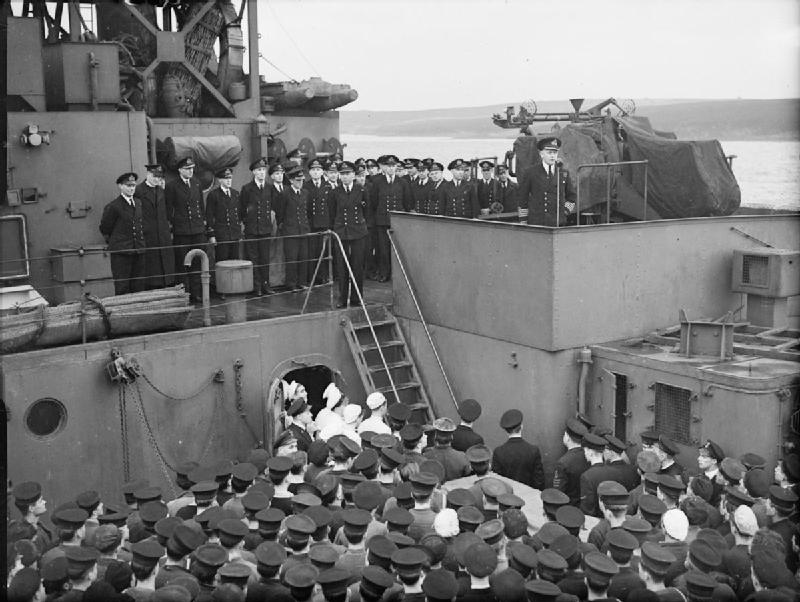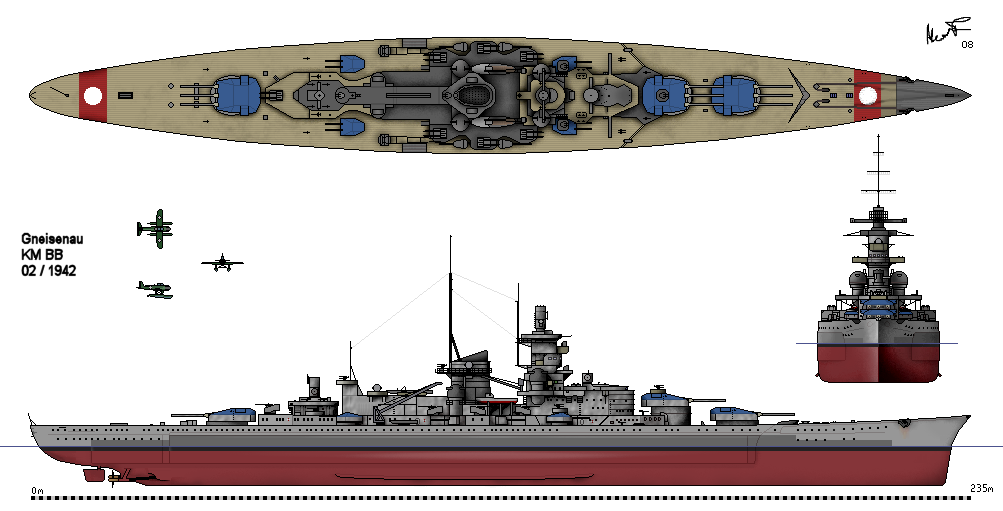|
Charles Pizey
Admiral Sir Charles Thomas Mark Pizey (17 June 1899 – 17 May 1993) was a Royal Navy officer who served as the last Commander-in-Chief and first Chief of Naval Staff of the Indian Navy from 1951 to 1955. Early life and career Pizey was born in Axbridge, Somerset, the son of the Rev. Charles Edward Pizey (1853–1932), and Geraldine Fowle (1866–1949). He joined the Royal Navy in 1912 and served as a midshipman aboard HMS ''Conway'' and during the First World War. He was promoted to sub-lieutenant on 15 December 1918 and to lieutenant on 15 December 1920, serving on from 1921 to 1923. Pizey then served as a First Lieutenant, first aboard in the Atlantic Fleet from 1924 to 1925, and then aboard in the Mediterranean from 1926 to 1927. He was promoted to lieutenant commander on 15 December 1928. and served from 1929 to 1930 as Flag Lieutenant-Commander to Vice Admiral Sir W.A. Howard Kelly in the Mediterranean, aboard the battleship HMS ''Revenge''. From 1930 to 1932 he com ... [...More Info...] [...Related Items...] OR: [Wikipedia] [Google] [Baidu] |
Axbridge, Somerset
Axbridge is a small town in Somerset, England, in the Sedgemoor district on the River Axe (Bristol Channel), River Axe, near the southern edge of the Mendip Hills. The town's population according to the United Kingdom Census 2011, 2011 census was 2,057. History ''Axanbrycg'' is suggested as the source of the name, meaning a bridge over the River Axe, in the early 9th century. Early inhabitants of the area almost certainly include the Ancient Rome, Romans (who are known to have mined lead on the top of the Mendips) and earlier still, prehistoric man, who lived in the local caves, and whose flint tools have been found on the slopes of the local hills. The history of Axbridge can be traced back to the reign of King Alfred when it was part of the Saxons' defence system for Wessex against the Vikings. In the Burghal Hidage, a list of ''burhs'' compiled in 910, it was listed as ''Axanbrycg''. A listing of Axbridge appears in the Domesday survey of 1086 as ', meaning 'axe bridge' from ... [...More Info...] [...Related Items...] OR: [Wikipedia] [Google] [Baidu] |
Mentioned In Despatches
To be mentioned in dispatches (or despatches, MiD) describes a member of the armed forces whose name appears in an official report written by a superior officer and sent to the high command, in which their gallant or meritorious action in the face of the enemy is described. In some countries, a service member's name must be mentioned in dispatches as a condition for receiving certain decorations. United Kingdom, British Empire, and Commonwealth of Nations Servicemen and women of the British Empire or the Commonwealth who are mentioned in despatches (MiD) are not awarded a medal for their actions, but receive a certificate and wear an oak leaf device on the ribbon of the appropriate campaign medal. A smaller version of the oak leaf device is attached to the ribbon when worn alone. Prior to 2014, only one device could be worn on a ribbon, irrespective of the number of times the recipient was mentioned in despatches. Where no campaign medal is awarded, the oak leaf is worn direc ... [...More Info...] [...Related Items...] OR: [Wikipedia] [Google] [Baidu] |
German Battleship Gneisenau
''Gneisenau'' () was a German capital ship, alternatively described as a battleship and battlecruiser, of Nazi Germany's '' Kriegsmarine''. She was the second vessel of her class, which included her sister ship, . The ship was built at the ''Deutsche Werke'' dockyard in Kiel; she was laid down on 6 May 1935 and launched on 8 December 1936. Completed in May 1938, the ship was armed with a main battery of nine 28 cm (11 in) C/34 guns in three triple turrets. Plans were approved, once construction had started, to replace these weapons with six 38 cm (15 in) SK C/34 guns in twin turrets, but as this would involve a lot of redesign, construction continued with the lower calibre guns. The intent was to make the upgrade in the winter of 1940–41, but the outbreak of World War II stopped this. ''Gneisenau'' and ''Scharnhorst'' operated together for much of the early portion of World War II, including sorties into the Atlantic to raid British merchant shipping. ... [...More Info...] [...Related Items...] OR: [Wikipedia] [Google] [Baidu] |
Armed Merchant Cruiser
An armed merchantman is a merchant ship equipped with guns, usually for defensive purposes, either by design or after the fact. In the days of sail, piracy and privateers, many merchantmen would be routinely armed, especially those engaging in long distance and high value trade. In more modern times, auxiliary cruisers were used offensively as merchant raiders to disrupt trade chiefly during both World War I and World War II, particularly by Germany. While armed merchantmen are clearly inferior to purpose-built warships, sometimes they have scored successes in combat against them. Examples include East Indiamen mimicking ships of the line and chasing off regular French warships in the Battle of Pulo Aura in 1804, and the sinking the Australian light cruiser in their battle in 1941, although ''Kormoran'' was also destroyed and had to be scuttled. Pre-20th century East Indiamen of various European countries were heavily armed for their long journeys to the Far East. In part ... [...More Info...] [...Related Items...] OR: [Wikipedia] [Google] [Baidu] |
Captain (Royal Navy)
Captain (Capt) is a senior officer rank of the Royal Navy. It ranks above Commander (Royal Navy), commander and below Commodore (Royal Navy), commodore and has a NATO ranking code of OF-5. The rank is equivalent to a colonel in the British Army and Royal Marines, and to a group captain in the Royal Air Force. There are similarly named Captain (naval), equivalent ranks in the navies of many other countries. Seagoing captains In the Royal Navy, the officer in command of any warship of the rank of Commander (Royal Navy), commander and below is informally referred to as "the captain" on board, even though holding a junior rank, but formally is titled "the commanding officer" (or CO). In former times, up until the nineteenth century, Royal Navy officers who were captains by rank and in command of a naval vessel were referred to as post-captains; this practice is now defunct. A Captain (D) or Captain Destroyers afloat was an operational commander responsible for the command of dest ... [...More Info...] [...Related Items...] OR: [Wikipedia] [Google] [Baidu] |
The Royal Navy During The Second World War A20814
''The'' () is a grammatical article in English, denoting persons or things that are already or about to be mentioned, under discussion, implied or otherwise presumed familiar to listeners, readers, or speakers. It is the definite article in English. ''The'' is the most frequently used word in the English language; studies and analyses of texts have found it to account for seven percent of all printed English-language words. It is derived from gendered articles in Old English which combined in Middle English and now has a single form used with nouns of any gender. The word can be used with both singular and plural nouns, and with a noun that starts with any letter. This is different from many other languages, which have different forms of the definite article for different genders or numbers. Pronunciation In most dialects, "the" is pronounced as (with the voiced dental fricative followed by a schwa) when followed by a consonant sound, and as (homophone of the archaic pron ... [...More Info...] [...Related Items...] OR: [Wikipedia] [Google] [Baidu] |
Home Fleet
The Home Fleet was a fleet of the Royal Navy that operated from the United Kingdom's territorial waters from 1902 with intervals until 1967. In 1967, it was merged with the Mediterranean Fleet creating the new Western Fleet. Before the First World War, it consisted of the four Port Guard ships. In 1905 it was disestablished, and from 1905 to 1907 remaining ships at a lesser state of readiness were split into the reserve divisions (Devonport Division, Nore Division, and Portsmouth Division). During the First World War, it comprised some of the older ships of the Royal Navy. During the Second World War, it was the Royal Navy's main battle force in European waters. Pre-First World War In the first years of the 20th century, the Royal Navy had four 'Port Guard' ships, stationed in the major naval bases, partially to act as flagships for the admirals commanding at those ports. These vessels appear to have been stationed at the Nore, Portsmouth, and Plymouth, as well as one other ... [...More Info...] [...Related Items...] OR: [Wikipedia] [Google] [Baidu] |
Commander
Commander (commonly abbreviated as Cmdr.) is a common naval officer rank. Commander is also used as a rank or title in other formal organizations, including several police forces. In several countries this naval rank is termed frigate captain. Commander is also a generic term for an officer commanding any armed forces unit, for example "platoon commander", "brigade commander" and "squadron commander". In the police, terms such as "borough commander" and "incident commander" are used. Commander as a naval and air force rank Commander is a rank used in navies but is very rarely used as a rank in armies. The title, originally "master and commander", originated in the 18th century to describe naval officers who commanded ships of war too large to be commanded by a lieutenant but too small to warrant the assignment of a post-captain and (before about 1770) a sailing master; the commanding officer served as his own master. In practice, these were usually unrated sloops-of-war of no ... [...More Info...] [...Related Items...] OR: [Wikipedia] [Google] [Baidu] |
Lieutenant Commander
Lieutenant commander (also hyphenated lieutenant-commander and abbreviated Lt Cdr, LtCdr. or LCDR) is a commissioned officer rank in many navies. The rank is superior to a lieutenant and subordinate to a commander. The corresponding rank in most armies and air forces is major, and in the Royal Air Force and other Commonwealth air forces is squadron leader. The NATO rank code is mostly OF-3. A lieutenant commander is a department officer or the executive officer ( second-in-command) on many warships and smaller shore installations, or the commanding officer of a smaller ship/installation. They are also department officers in naval aviation squadrons. Etymology Most Commonwealth and other navies address lieutenant commanders by their full rank or the positions they occupy ("captain" if in command of a vessel). The United States Navy, however, addresses officers by their full rank or the higher grade of the rank. For example, oral communications in formal and informal s ... [...More Info...] [...Related Items...] OR: [Wikipedia] [Google] [Baidu] |
Atlantic Fleet (United Kingdom)
The Atlantic Fleet was a naval fleet of the Royal Navy. It existed for two separate periods; 1909 until 1914, and then 1919 until 1932. History On 14 December 1904 the Channel Fleet was re-styled the 'Atlantic Fleet'.National Archives records The Atlantic Fleet lasted until 1912 when rising tensions with Germany forced the Royal Navy to relook at fleet formations and the Atlantic Fleet became the 3rd Battle Squadron. The Atlantic Fleet was based at Gibraltar to reinforce either the Channel Fleet or the Mediterranean Fleet, from January 1905 to February 1907. It remained at Gibraltar until April 1912. The Atlantic Fleet was again formed after the end of World War I, when British naval forces were reorganised to reflect the changed economic and political situation in Europe. The fleet was created upon the disbandment of the Grand Fleet in April 1919, absorbing many, but not all of its elements. It was placed under a Commander-in-Chief, who for part of that year held the title of ... [...More Info...] [...Related Items...] OR: [Wikipedia] [Google] [Baidu] |
First Lieutenant
First lieutenant is a commissioned officer military rank in many armed forces; in some forces, it is an appointment. The rank of lieutenant has different meanings in different military formations, but in most forces it is sub-divided into a senior (first lieutenant) and junior (second lieutenant) rank. The NATO equivalent rank for land force officers is OF-1 rank. In navies, while certain rank insignia may carry the name lieutenant, the term may also be used to relate to a particular post or duty, rather than a rank. Indonesia In Indonesia, "first lieutenant" is known as ''Letnan Satu'' (''Lettu''), Indonesian National Armed Forces uses this rank across all three of its services. It is just above the rank of second lieutenant and just below the rank of captain. Israel In the Israel Defense Forces, the rank above second lieutenant is simply lieutenant. The rank of (קצין מקצועי אקדמאי (קמ"א (''katsín miktsoí akademai'' or "kama"), a professional aca ... [...More Info...] [...Related Items...] OR: [Wikipedia] [Google] [Baidu] |
Lieutenant
A lieutenant ( , ; abbreviated Lt., Lt, LT, Lieut and similar) is a commissioned officer rank in the armed forces of many nations. The meaning of lieutenant differs in different militaries (see comparative military ranks), but it is often subdivided into senior (first lieutenant) and junior (second lieutenant and even third lieutenant) ranks. In navies, it is often equivalent to the army rank of captain; it may also indicate a particular post rather than a rank. The rank is also used in fire services, emergency medical services, security services and police forces. Lieutenant may also appear as part of a title used in various other organisations with a codified command structure. It often designates someone who is " second-in-command", and as such, may precede the name of the rank directly above it. For example, a "lieutenant master" is likely to be second-in-command to the "master" in an organisation using both ranks. Political uses include lieutenant governor in various g ... [...More Info...] [...Related Items...] OR: [Wikipedia] [Google] [Baidu] |


_Oak_Leaf_Cluster.jpg)


.png)